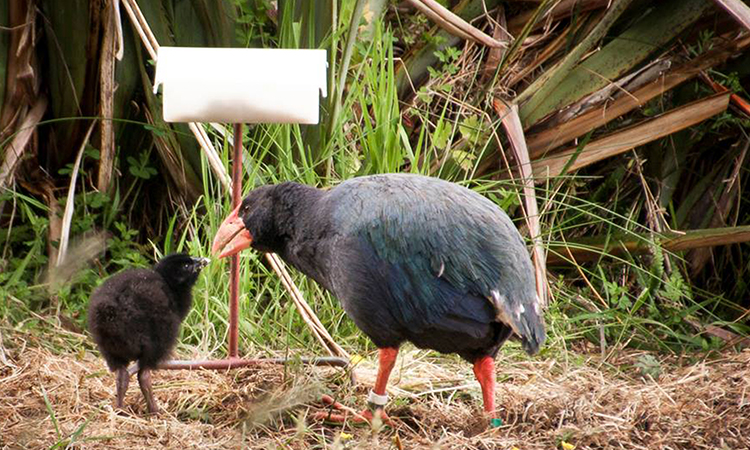Te Anau Flora and Fauna
Covering coastal, marine and alpine environments, Fiordland is home to a diverse range of plant and animal species. Recognising its importance, Fiordland was constituted as a national park in 1952 and later declared a World Heritage area in 1986. Sitting on the edge of this vast natural wonder is Te Anau. This small town plays a big role in the guardianship of this special location.
Fiordland National Park is part of the greater Te Wahipounamu (the greenstone waters), some 2 million hectares of critically important landscape and a UNESCO World Heritage area. The flora, fauna and rock deposits of Te Wahipounamu represent a direct link to the landscape which existed 80 million years ago when New Zealand was part of Gondwana. There is little doubt this is an area where conservation and preservation are vital.
In the tussock basins of the Murchison Mountains on Lake Te Anau’s western shores, one of the most critical preservation operations is ongoing. Home to the last remaining wild population of takahē (large native flightless bird), this remote area is off-limits to everyone except scientists and hunters undertaking pest control. The discovery of a species once thought to be extinct and now left alone in a protected wilderness to slowly recover is one of New Zealand’s great conservation success stories.
One of the best places to see Te Anau’s native species is with a visit to Punanga Manu o Te Anau Te Anau Bird Sanctuary.
Te Anau Bird Sanctuary

Te Anau’s bird sanctuary is an easy walk from the town centre and is open every day by gold coin donation. The open park-like sanctuary is home to many rare and endangered native birds including the takahē, a large, flightless bird with rich blue and green plumage. Takahē were thought to have been hunted to extinction until they were miraculously rediscovered in 1948. There are only around 300 living takahē today, and most of these are in wildlife reserves or captive breeding programmes close to Te Anau. You can also meet kaka, kereru (wood pigeon) and the distinctive tui.